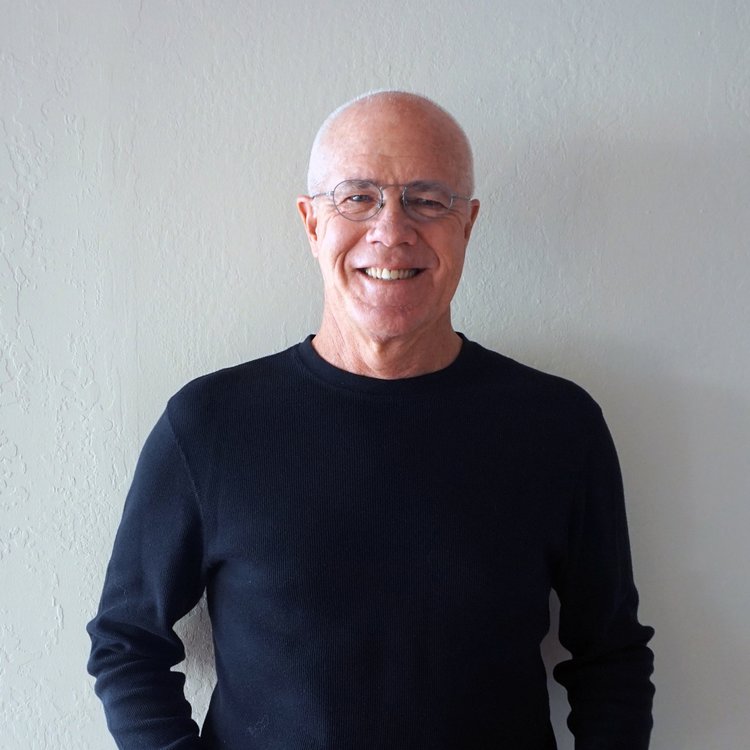First Hit: A fantastic view of how the Supreme Court’s Citizens United VS F.E.C. decision changed the course of politics to; whomever has the most money behind them wins.
This film uses the State of Montana’s experience with corporations taking control of the government to make its point.
In the early 1900’s Montana was the epicenter for copper production in the United States. Anaconda Copper company started excavating the beginning of the worlds largest open mine pit which also turned into one of worst environmental calamities in the world. As this pit grew, money was made, and the interests of the company started butting up against the people of Montana who wanted to be safe from the poisoned mine pit. To keep control large sums of money was used to bribe government officials to look past the destruction of the communities affected by the mines. Soon, Montana’s government was controlled by mining companies.
The citizens revolted and wrote the strongest legislation possible against this sort of government control by corporations and their money. Other states followed because citizens everywhere were getting the short end of the stick through corporation abuse of legislation that supported their profits.
This film follows John S. Adams investigative reporting through modern day events in Montana where the Koch brothers and others like them are attempting to control local and state government agendas by having candidates who meet their criteria, sign up for their campaign programs, and vote the way the financiers want. All these events are the result on the Supreme Court decision to allow, for profit, not for profit, and other groups and corporations to donate money and resources to political elections.
To me the irony of this is that the “Citizens United” name sort of implies individual citizens, it doesn’t it is about wealthy groups of individuals and companies to control government for their monetary gains.
My favorite part of the film was watching State Senator Art Wittich R-Bozeman stand on the Montana Senate floor threatening other senators who want to create a law to restrict corporate campaign donations by saying “the worm will turn.” What happens is that he gets convicted for illegal contributions. I couldn't help but think the worm did turn.
Kimberly Reed and Jay Arthur Sterrenberg wrote a powerful story and Reed’s direction was fantastic by bringing the past and present together to show why we’ve not learned well enough from our past mistakes.
Overall: This was a powerful film about how corruption by money is killing a true democracy.
